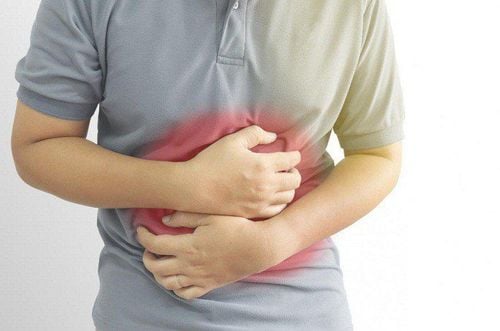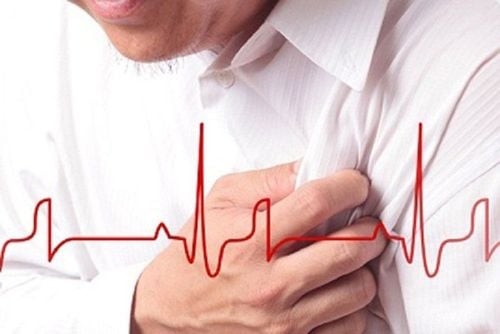Nội dung bạn đang tìm kiếm không có phiên bản tiếng Việt.
Vui lòng chọn tiếp tục để xem nội dung tiếng Anh hoặc đi đến trang chủ Tiếng Việt.
Rất xin lỗi về sự bất tiện này.

Home
Tag Septic shock
Articles in Septic shock

Hand, foot, and mouth disease: Warning signs indicating the risk of complications
Hand, foot, and mouth disease is a rapidly spreading illness, with the potential to develop into severe complications such as meningitis and encephalitis, which can be fatal. Currently, there is no specific antiviral treatment available for this disease.
Xem thêm














